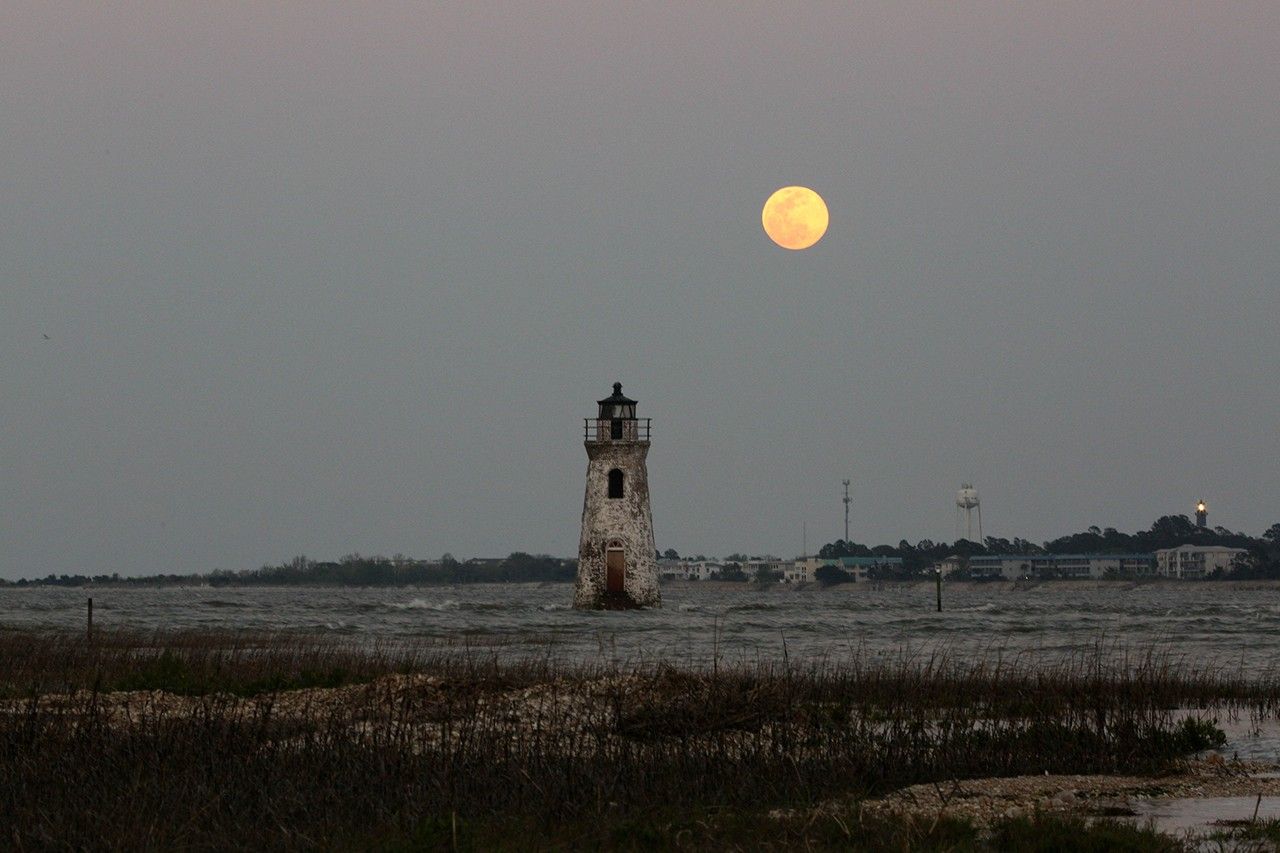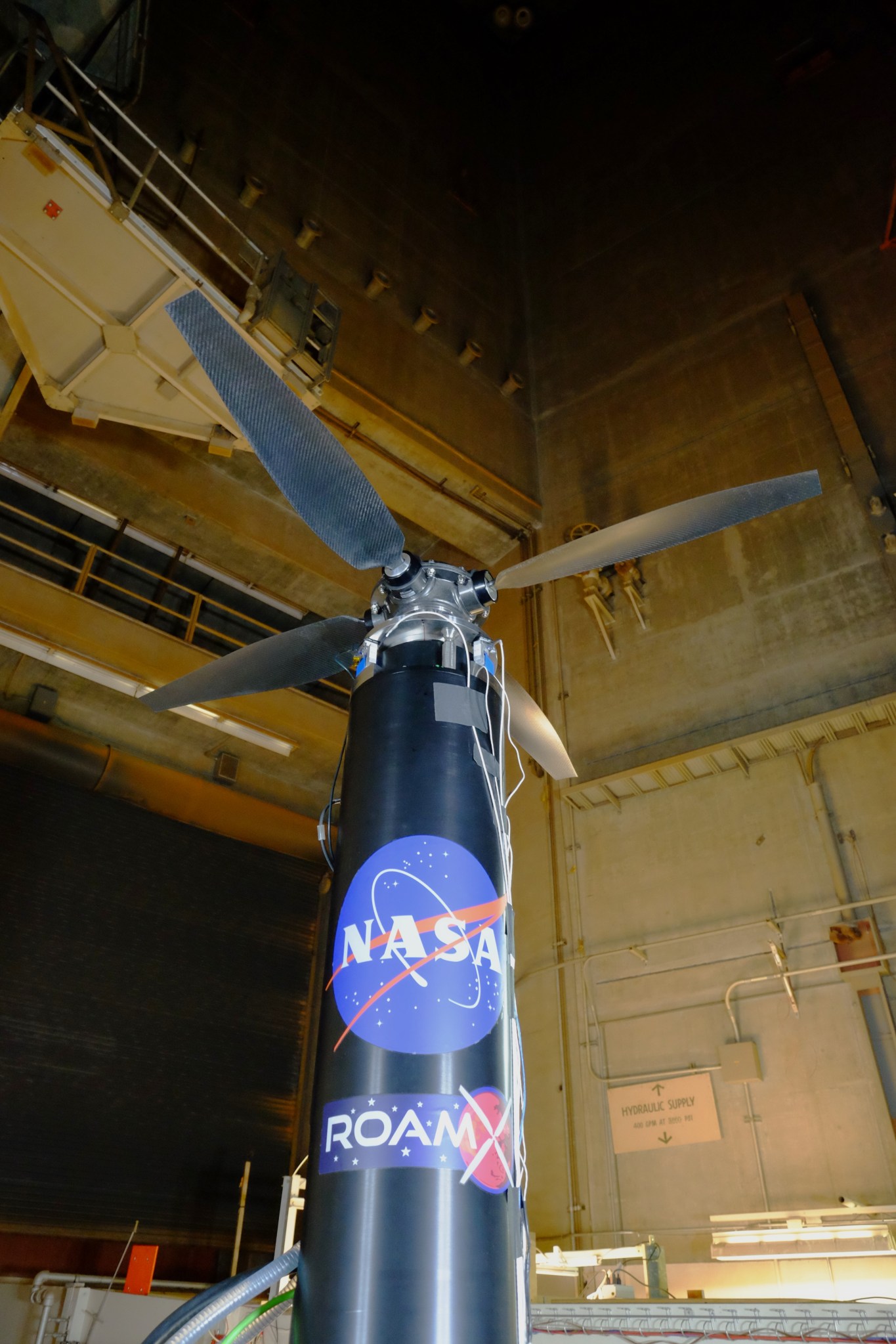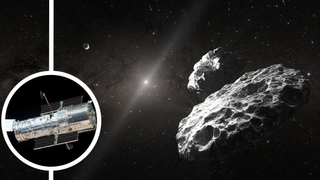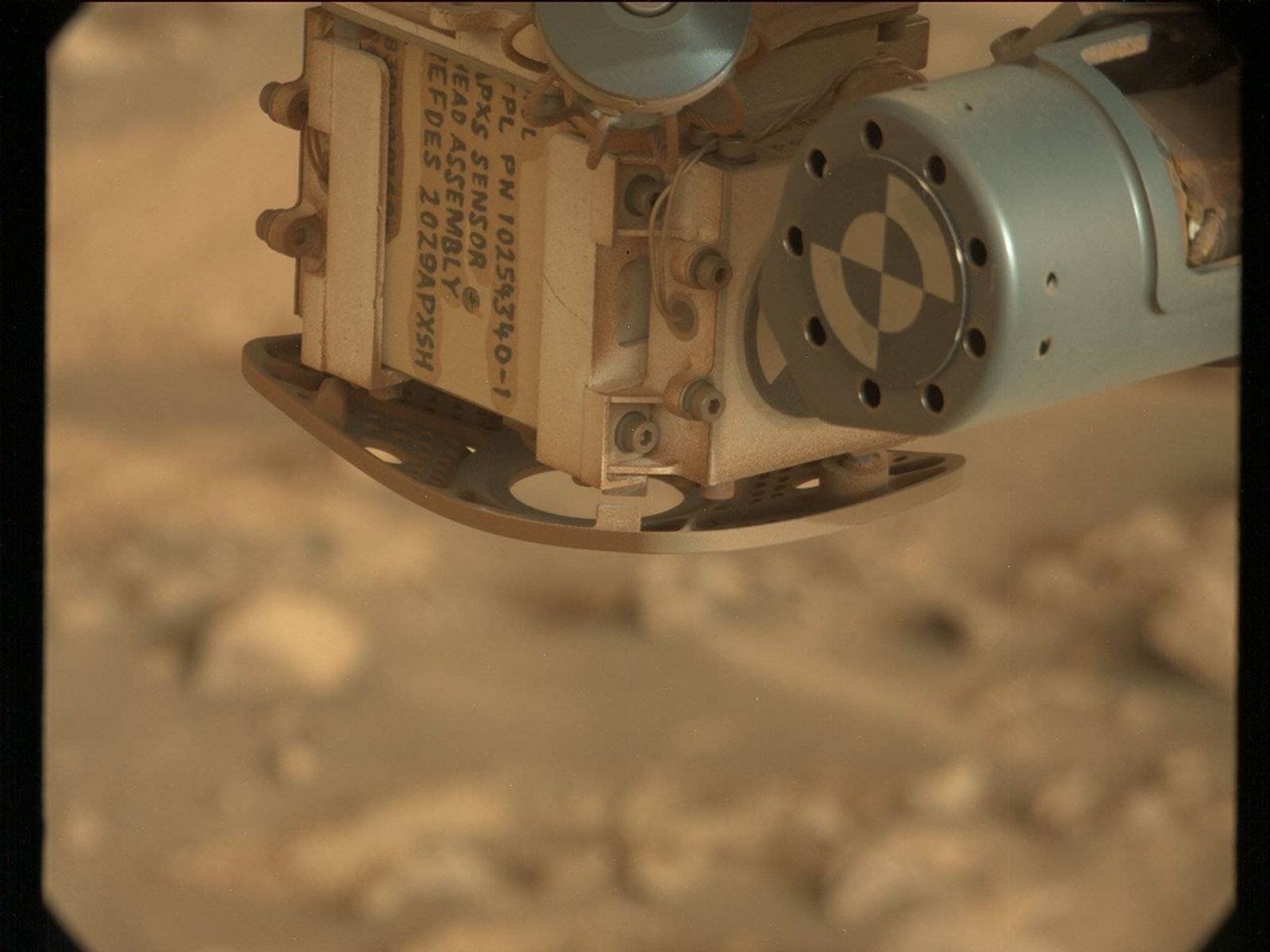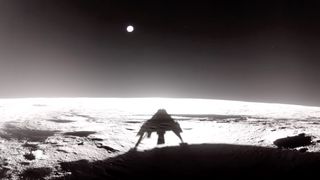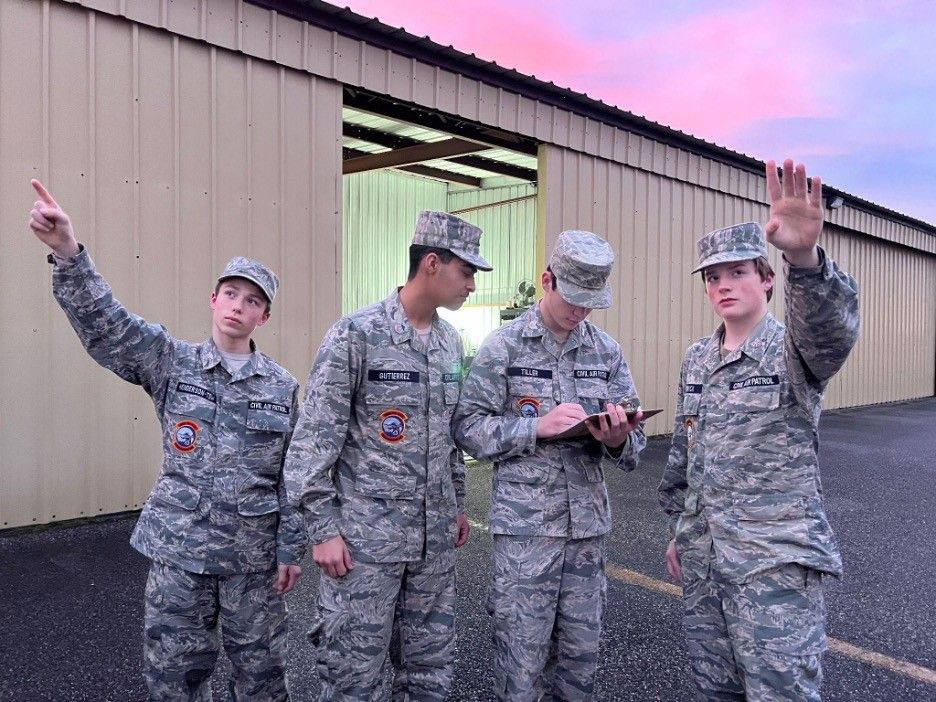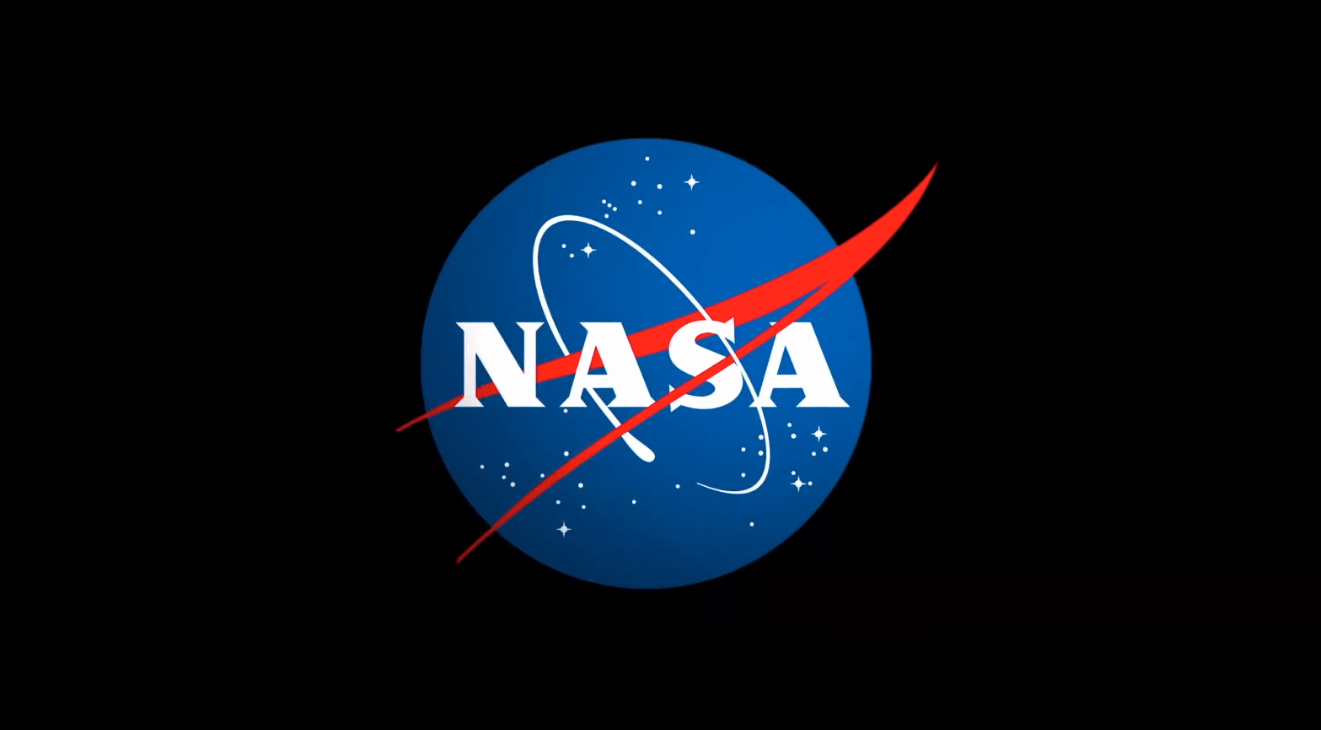Skywatching Science Skywatching The Next Full Moon is the Worm… Skywatching Home What’s Up What to See Tonight Moon Guide Eclipses Meteor Showers More Tips & Guides Skywatching FAQ 22 Min Read The Next Full Moon is the Worm Moon Cockspur Island Lighthouse in Savannah, Georgia, on a full moon night in March 2019. Credits: NPS/Joel Cadoff The next full moon is called the Worm Moon. Also, there will be a total lunar eclipse this full moon. The Moon will be full early Friday morning, March 14, at 2:55…
Read MoreAuthor: NeRD
Varda space capsule returns to Earth in 1st commercial landing in Australian Outback (photos)
Varda Space has successfully landed a reentry capsule in Australia, delivering critical data that could advance in-space manufacturing and hypersonic technologies. California-based startup Varda’s Winnebago-2 (W-2) capsule launched along with 130 other payloads on Jan. 14 atop a SpaceX Falcon 9 rocket, on the Transporter 12 rideshare mission. After six weeks in orbit, the capsule made a fiery plunge through Earth’s atmosphere, landing Feb. 28 at Koonibba Test Range in South Australia, which is operated by Southern Launch. W-2 contained a spectrometer from the Air Force Research Laboratory (AFRL) and…
Read MoreROAMX testing in the Planetary Aeolian Laboratory (PAL) at NASA Ames Research Center
Rotor Optimization for the Advancement of Mars eXploration (ROAMX) hover test stand with ROAMX blades installed in the Planetary Aeolian Laboratory (PAL) low-pressure chamber at NASA Ames Research Center. NASA During 2024-2025, helicopter blades optimized for Mars were tested in the Planetary Aeolian Laboratory (PAL) at NASA Ames Research Center as part of the Rotor Optimization for the Advancement of Mars eXploration (ROAMX) project. The experimental test-chamber of the PAL can be depressurized to create atmospheric air pressures of different planetary bodies such as Mars. The full-scale ROAMX blades were…
Read MoreHubble Telescope discovers a new ‘3-body problem’ puzzle among Kuiper Belt asteroids (video)
NASA’s Hubble Space Telescope has discovered that a system of asteroids in the distant Kuiper Belt may be triplets, not twins as previously suspected. If so, the stable trio of icy space rocks would be just the second example of three gravitationally bound space rocks found in the Kuiper Belt, the doughnut-shaped region of icy bodies that lurks out beyond the orbit of Neptune. The discovery could also challenge our understanding of how Kuiper Belt objects (KBOs) form. An illustration of the 148780 Altjira system of two or maybe three…
Read MoreSols 4471-4472: Marching Through the Canyon
Curiosity Navigation Curiosity Home Mission Overview Where is Curiosity? Mission Updates Science Overview Instruments Highlights Exploration Goals News and Features Multimedia Curiosity Raw Images Images Videos Audio Mosaics More Resources Mars Missions Mars Sample Return Mars Perseverance Rover Mars Curiosity Rover MAVEN Mars Reconnaissance Orbiter Mars Odyssey More Mars Missions Mars Home 2 min read Sols 4471-4472: Marching Through the Canyon NASA’s Mars rover Curiosity acquired this image using its Mast Camera (Mastcam), a close-up of the rover’s Alpha Particle X-Ray Spectrometer (APXS), an instrument that measures the abundance of…
Read MoreThe US will ‘plant the American flag on the planet Mars and even far beyond,’ Trump tells Congress
President Donald Trump told lawmakers that U.S. astronauts will one day carry the American flag to Mars and beyond during a speech before the joint session of Congress late Tuesday (March 5). “We are going to conquer the vast frontiers of science, and we are going to lead humanity into space and plant the American flag on the planet Mars and even far beyond,” Trump told Congress during his speech to a joint Senate and House of Representatives on Tuesday night. “And through it all, we are going to rediscover…
Read MoreNASA Sets Coverage for Agency’s SpaceX Crew-10 Launch, Docking
The crew of NASA’s SpaceX Crew-10 mission pictured during an equipment test at the agency’s Kennedy Space Center in Florida. Credit: SpaceX Editor’s Note: This advisory was updated March 5, 2025, to correct that media may ask questions by phone only during the mission overview teleconference. NASA will provide coverage of the upcoming prelaunch and launch activities for the agency’s SpaceX Crew-10 mission to the International Space Station. Liftoff is targeted for 7:48 p.m. EDT, Wednesday, March 12, from Launch Complex 39A at NASA’s Kennedy Space Center in Florida. The…
Read MoreTouch down on the moon with private Blue Ghost lander in this amazing video
Blue Ghost had its eyes wide open during its epic moon landing last weekend. On Sunday (March 2), Blue Ghost — built and operated by the Texas-based company Firefly Aerospace — became just the second private spacecraft ever to soft-land on the moon, coming to rest in the near side’s Mare Crisium (“Sea of Crises”) region. We can now relive Blue Ghost’s historic descent, thanks to stunning footage captured by the lander. Firefly Aerospace’s Blue Ghost lunar lander captured this shot of its own shadow on the moon just after…
Read More2025 Aviation Weather Mission: Civil Air Patrol Cadets Help Scientists Study the Atmosphere with GLOBE Clouds
Explore This Section Science Science Activation 2025 Aviation Weather Mission:… Overview Learning Resources Science Activation Teams SME Map Opportunities More Science Activation Stories Citizen Science 2 min read 2025 Aviation Weather Mission: Civil Air Patrol Cadets Help Scientists Study the Atmosphere with GLOBE Clouds The Science Activation Program’s NASA Earth Science Education Collaborative (NESEC) is working alongside the Civil Air Patrol (CAP) to launch the 2025 Aviation Weather Mission. The mission will engage cadets (students ages 11-20) and senior members to collect aviation-relevant observations including airport conditions, Global Learning…
Read MoreNASA Awards Launch Service for Mission to Study Storm Formation
Credit: NASA NASA has selected Firefly Aerospace Inc. of Cedar Park, Texas, to provide the launch service for the agency’s Investigation of Convective Updrafts (INCUS) mission, which aims to understand why, when, and where tropical convective storms form, and why some storms produce extreme weather. The mission will launch on the company’s Alpha rocket from NASA’s Wallops Flight Facility in Virginia. The selection is part of NASA’s Venture-Class Acquisition of Dedicated and Rideshare (VADR) launch services contract. This contract allows the agency to make fixed-price indefinite-delivery/indefinite-quantity awards during VADR’s five-year ordering period,…
Read More